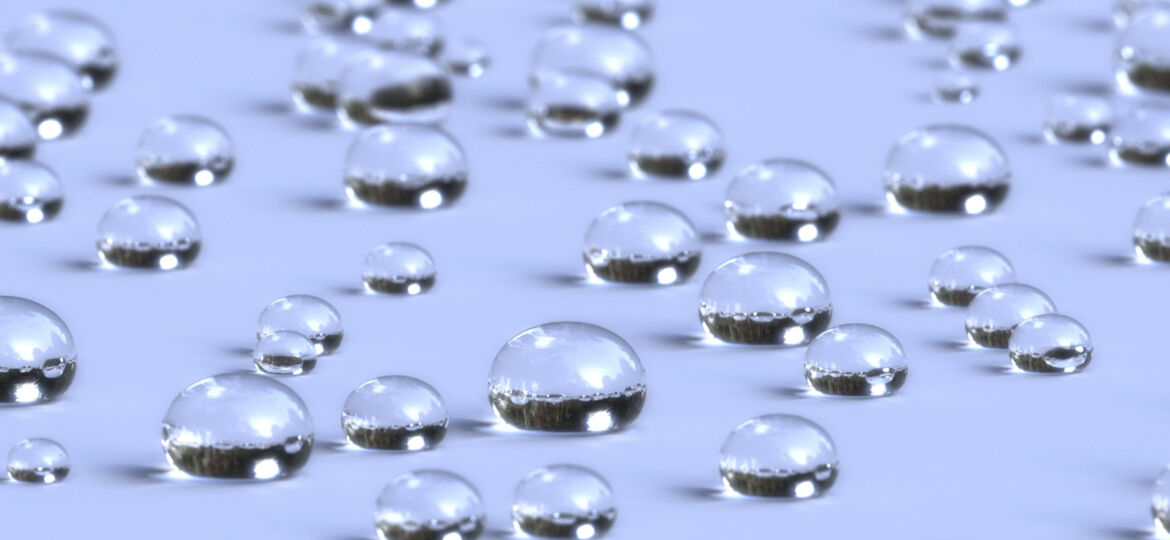
WHY THIS MATTERS IN BRIEF
Sadly ANU’s new everything-phobic spray won’t keep children clean but everything else is game.
If you have not been able to bag an iPhone 7 or are still looking jealously at your friend’s dunk proof Galaxy, do not worry as scientists have created a super-hydrophobic coating that could offer next level water-resistance to gadgets as well as increase safety for aeroplanes and give skyscrapers self-cleaning windows.
The breakthrough spray on material which has been developed at the Australian National University has a remarkable ability to repel water, thanks to a surface layer of nanoparticles “which water slides off as if it’s on a hot barbecue”, explained William Wong from the Nanotechnology Research Laboratory at ANU.
The revolutionary coating could transform ordinary household items, such as preventing bathroom mirrors fogging up, to giving a protective layer to our expensive gadgets or even keeping skyscraper windows clean without the need to wash them, says Antonio Tricoli, a professor on the project.
But one interesting application could see the coating used on aeroplane wings to prevent ice forming in cold conditions, something that can have a serious – sometimes fatal – effect on a plane’s flight.
“The key innovation is that this transparent coating is able to stabilise very fragile nanomaterials resulting in ultra-durable nanotextures with numerous real-world applications,” said Tricoli.
While super-hydrophobic sprays are currently available to buy and are used by consumers to add water resistance to everything from footwear, clothing, or car seats these are known to wear off over time but ANU’s new spray combines two plastics – one flexible, one tough.
“It’s like two interwoven fishing nets, made of different materials,” said Wong.
The translucent coating can be produced using two methods – both of which are cheaper than current hydrophobic processes – and will also be resistant to ultraviolet radiation, making it more of a multi-purpose wonder material.
The team is also working on employing similar techniques for anti-corrosive, oil-repellent or even self-cleaning materials.
















